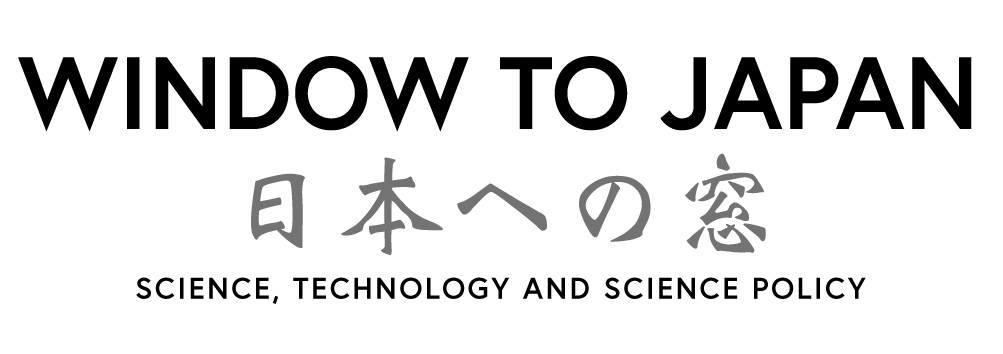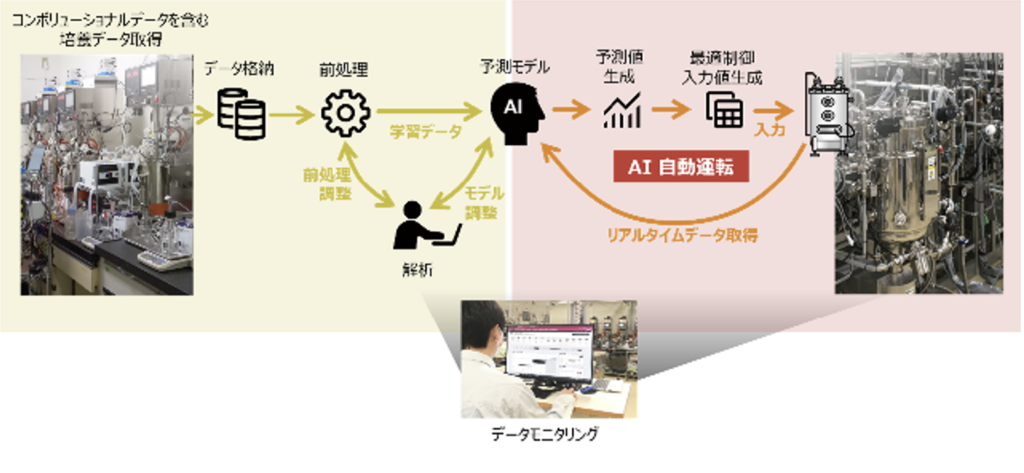https://www.nedo.go.jp/news/press/AA5_101685.html
Fermentation production of food materials requires the wisdom, know-how, and so-called “craftsmanship” of experts to ensure stable production, such as setting optimal culture conditions. On the other hand, it takes a very long time to inherit and acquire the “craftsmanship” of such skilled workers, the aging of skilled workers, and the outflow of technology due to overseas production are major issues in Japan’s bioeconomy industry. Because of this problem, there is an urgent need to develop technology that can replace skilled workers and provide stable production.
Against this background, NEDO has been working on the development of next-generation bioprocess technology since fiscal 2020. As part of this effort, Chitose Research Institute Co., Ltd. uses microorganisms to produce substances, and instead of using the traditional “craftsmanship” based on the five senses and experience of skilled workers, has developed a system that controls cultivation using AI that has learned from big data. As a result of the productivity verification test of functional food ingredients using this system, Chitose Research Institute and Kyowa Hakko Bio Co., Ltd. were able to improve the culture state by controlling culture conditions in real time. The system was able to control culture conditions in real time and optimize the culture conditions, thereby achieving productivity approximately 10% higher than that of an expert.
Specifically, we acquired real-time data inside the culture tank, deduced the optimal culture conditions using the built AI model, and automatically performed a series of steps including controlling the pH and temperature inside the culture tank. . In order to maximize the productivity of the main culture system, it is essential to control the amount of bacterial cells so that they do not increase too much. Usually, a skilled person controls the amount of nutrients supplied to optimize the amount of bacteria and maximize the production of the target substance. On the other hand, this system has succeeded in controlling the amount of bacterial cells to an optimal level by controlling both pH and temperature using AI. In addition, when optimization is performed by humans, control such as fine changes in pH or temperature is not performed, and the control predicted and applied by this system is characterized by changes over time rather than fixed values.
As shown in the figure below, although the pH and temperature changes indicated by AI control (red line) differ from experiment to experiment and are not constant, the amount of bacterial cells and production amount indicated by turbidity (OD) are stable. This shows that by using the AI system, it was possible to exceed the culture conditions optimized by experts.



